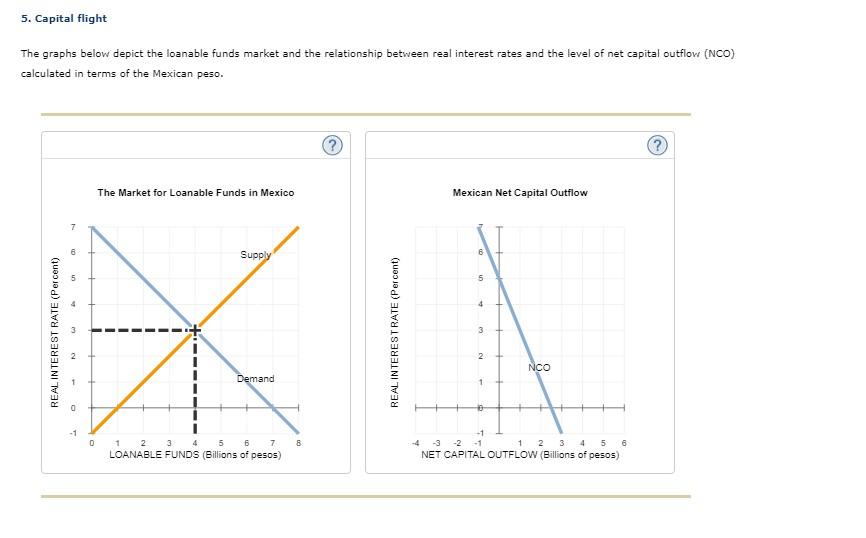Loanable Funds Market

The loanable funds market is a crucial concept in macroeconomics that describes the interaction between lenders and borrowers in the economy. It plays a significant role in determining the interest rate and the allocation of resources in an economy. In this article, we will delve into the details of the loanable funds market, its key components, and its significance in understanding economic phenomena.
The loanable funds market is a market where households, firms, and governments interact to lend and borrow funds. The supply of loanable funds comes from households, which save a portion of their income, and from firms, which retain some of their profits. The demand for loanable funds, on the other hand, comes from households, firms, and governments that need to finance their consumption and investment expenditures. The interest rate is the price that equilibrates the supply and demand for loanable funds in this market.
Key Components of the Loanable Funds Market

The loanable funds market consists of several key components, including the supply of loanable funds, the demand for loanable funds, and the interest rate. The supply of loanable funds is determined by the amount of savings in the economy, which is influenced by factors such as income, wealth, and expectations about future economic conditions. The demand for loanable funds, on the other hand, is determined by the need for financing consumption and investment expenditures, which is influenced by factors such as expected returns on investment, risk, and the state of the economy.
Supply of Loanable Funds
The supply of loanable funds is a positive function of the interest rate. As the interest rate increases, households and firms are more likely to save and lend, as they can earn a higher return on their savings. The supply of loanable funds can be represented by the following equation:S = f®
Where S is the supply of loanable funds, r is the interest rate, and f is a function that describes the relationship between the supply of loanable funds and the interest rate.
| Interest Rate | Supply of Loanable Funds |
|---|---|
| 5% | $100 billion |
| 6% | $120 billion |
| 7% | $150 billion |

Demand for Loanable Funds
The demand for loanable funds is a negative function of the interest rate. As the interest rate increases, households and firms are less likely to borrow, as the cost of borrowing becomes more expensive. The demand for loanable funds can be represented by the following equation:D = g®
Where D is the demand for loanable funds, r is the interest rate, and g is a function that describes the relationship between the demand for loanable funds and the interest rate.
| Interest Rate | Demand for Loanable Funds |
|---|---|
| 5% | $150 billion |
| 6% | $120 billion |
| 7% | $100 billion |
Equilibrium in the Loanable Funds Market

The equilibrium in the loanable funds market occurs when the supply of loanable funds equals the demand for loanable funds. This equilibrium is represented by the intersection of the supply and demand curves in the loanable funds market.
Shifts in the Supply and Demand Curves
The supply and demand curves in the loanable funds market can shift due to various factors, such as changes in income, wealth, and expectations about future economic conditions. For example, an increase in income can lead to an increase in the supply of loanable funds, as households and firms have more funds to save and lend. On the other hand, an increase in expected returns on investment can lead to an increase in the demand for loanable funds, as households and firms are more likely to borrow to finance their investment expenditures.Key Points
- The loanable funds market is a market where households, firms, and governments interact to lend and borrow funds.
- The supply of loanable funds is a positive function of the interest rate, while the demand for loanable funds is a negative function of the interest rate.
- The equilibrium in the loanable funds market occurs when the supply of loanable funds equals the demand for loanable funds.
- Shifts in the supply and demand curves can occur due to various factors, such as changes in income, wealth, and expectations about future economic conditions.
- Understanding the loanable funds market is essential for making informed decisions about monetary policy and fiscal policy.
Policy Implications of the Loanable Funds Market
The loanable funds market has significant implications for monetary policy and fiscal policy. For example, an increase in the money supply can lead to a decrease in the interest rate, which can stimulate borrowing and spending in the economy. On the other hand, an increase in government borrowing can lead to an increase in the interest rate, which can crowd out private investment and consumption.Monetary Policy
Monetary policy can affect the loanable funds market by changing the money supply and the interest rate. For example, an expansionary monetary policy can lead to an increase in the money supply, which can decrease the interest rate and stimulate borrowing and spending in the economy.Fiscal Policy
Fiscal policy can also affect the loanable funds market by changing government borrowing and spending. For example, an increase in government borrowing can lead to an increase in the interest rate, which can crowd out private investment and consumption.What is the loanable funds market?
+The loanable funds market is a market where households, firms, and governments interact to lend and borrow funds.
What determines the supply of loanable funds?
+The supply of loanable funds is determined by the amount of savings in the economy, which is influenced by factors such as income, wealth, and expectations about future economic conditions.
What determines the demand for loanable funds?
+The demand for loanable funds is determined by the need for financing consumption and investment expenditures, which is influenced by factors such as expected returns on investment, risk, and the state of the economy.
In conclusion, the loanable funds market is a crucial component of the macroeconomic framework, as it helps to determine the interest rate and the allocation of resources in the economy. Understanding the loanable funds market is essential for making informed decisions about monetary policy and fiscal policy. By analyzing the supply and demand for loanable funds, policymakers can develop effective policies to promote economic growth and stability.



